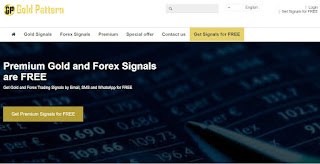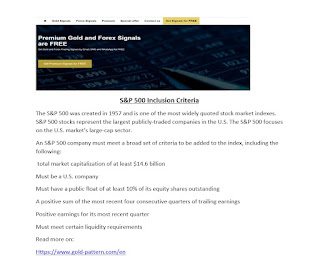Beta and Passive Risk Management
Beta and Passive
Risk Management
Another risk measure
oriented to behavioral tendencies is a drawdown, which refers to any period
during which an asset's return is negative relative to a previous high mark. In
measuring drawdown, we attempt to address three things:
The magnitude of each
negative period (how bad)
The duration of each
(how long)
The frequency (how
often)
For example, in
addition to wanting to know whether a mutual fund beat the S&P 500, we also
want to know how comparatively risky it was. One measure for this is beta
(known as "market risk"), based on the statistical property of
covariance. A beta greater than 1 indicates more risk than the market and vice
versa.
Beta helps us to
understand the concepts of passive and active risk. The graph below shows a
time series of returns (each data point labeled "+") for a particular
portfolio R(p) versus the market return R(m). The returns are cash-adjusted, so
the point at which the x and y-axes intersect is the cash-equivalent return.
Drawing a line of best fit through the data points allows us to quantify the
passive risk (beta) and the active risk (alpha).
The gradient of the
line is its beta. For example, a gradient of 1.0 indicates that for every unit
increase of market return, the portfolio return also increases by one unit. A
money manager employing a passive management strategy can attempt to increase
the portfolio return by taking on more market risk (i.e., a beta greater than
1) or alternatively decrease portfolio risk (and return) by reducing the
portfolio beta below one.
Alpha and Active Risk
Management
If the level of
market or systematic risk were the only influencing factor, then a portfolio's
return would always be equal to the beta-adjusted market return. Of course,
this is not the case: Returns vary because of a number of factors unrelated to
market risk. Investment managers who follow an active strategy take on other
risks to achieve excess returns over the market's performance. Active
strategies include tactics that leverage stock, sector or country selection,
fundamental analysis, position sizing, and technical analysis.
Active managers are
on the hunt for an alpha, the measure of excess return. In our diagram example
above, alpha is the amount of portfolio return not explained by beta,
represented as the distance between the intersection of the x and y-axes and
the y-axis intercept, which can be positive or negative. In their quest for
excess returns, active managers expose investors to alpha risk, the risk that
the result of their bets will prove negative rather than positive. For example,
a fund manager may think that the energy sector will outperform the S&P 500
and increase her portfolio's weighting in this sector. If unexpected economic
developments cause energy stocks to sharply decline, the manager will likely
underperform the benchmark, an example of alpha risk.
The Cost of Risk
In general, the more
an active fund and its managers shows themselves able to generate alpha, the
higher the fees they will tend to charge investors for exposure to those
higher-alpha strategies. For a purely passive vehicle like an index fund or an
exchange-traded fund (ETF), you're likely to pay one to 10 basis points (bps)
in annual management fees, while for a high-octane hedge fund employing complex
trading strategies involving high capital commitments and transaction costs, an
investor would need to pay 200 basis points in annual fees, plus give back 20%
of the profits to the manager.
The difference in
pricing between passive and active strategies (or beta risk and alpha risk
respectively) encourages many investors to try and separate these risks (e.g.
to pay lower fees for the beta risk assumed and concentrate their more
expensive exposures to specifically defined alpha opportunities). This is
popularly known as portable alpha, the idea that the alpha component of a total
return is separate from the beta component.
For example, a fund
manager may claim to have an active sector rotation strategy for beating the
S&P 500 and show, as evidence, a track record of beating the index by 1.5%
on an average annualized basis. To the investor, that 1.5% of excess return is
the manager's value, the alpha, and the investor is willing to pay higher fees
to obtain it. The rest of the total return, what the S&P 500 itself earned,
arguably has nothing to do with the manager's unique ability. Portable alpha
strategies use derivatives and other tools to refine how they obtain and pay
for the alpha and beta components of their exposure.




Comments
Post a Comment